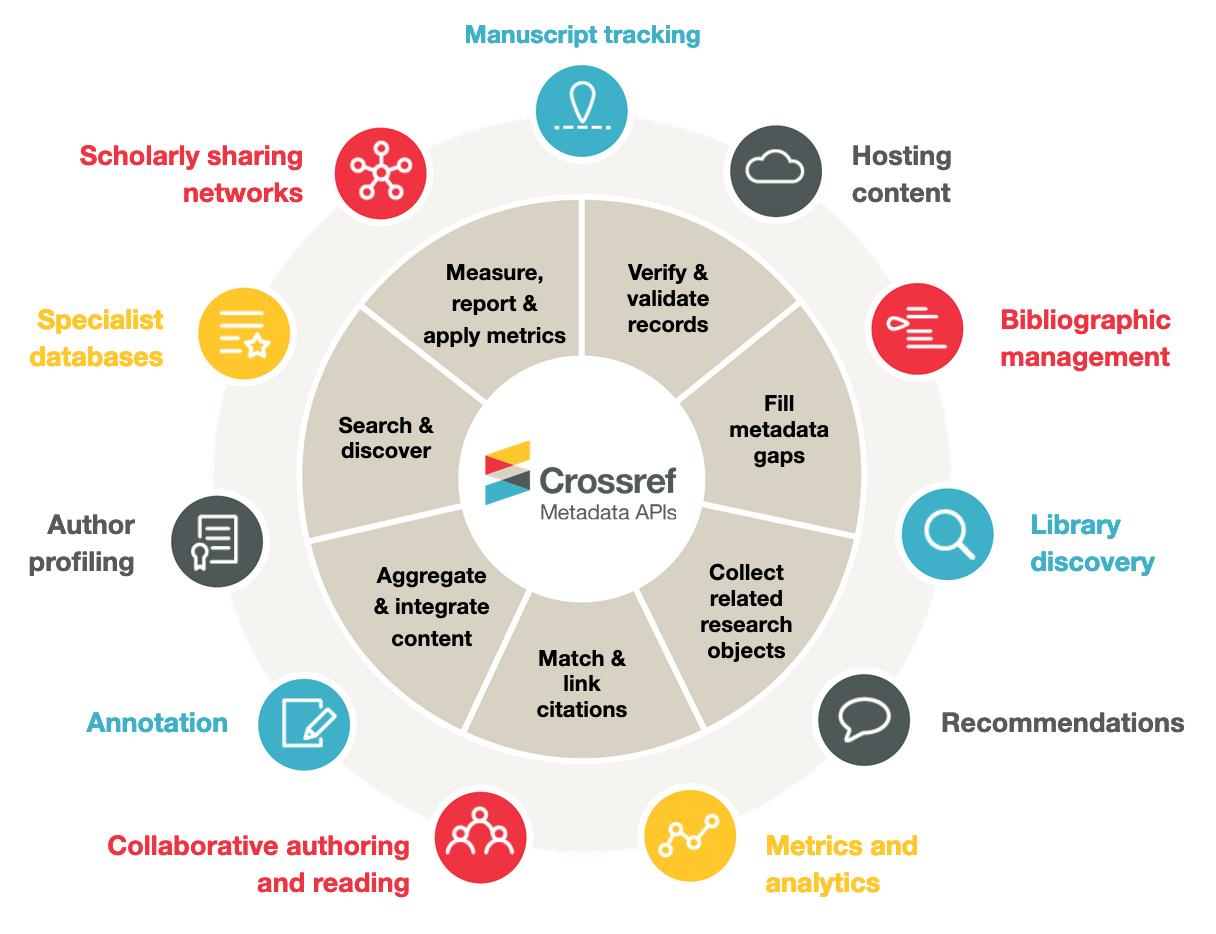Wilms tumor associated with unilateral aniridia: a purpose of a case
Tumor de Wilms unilateral asociado a aniridia
Keywords:
tumor de Wilms, nefroblastoma, aniridiaAbstract
The Nephroblastoma is the most common renal tumor in childhood affecting 1 in 10,000 children in the United States, the age of those affected more often 2 to 5 years. A patient's 16-month-old male, who attended pediatric outpatient pain in left flank, besides presenting aniridia Presented requested a CT of the abdomen demonstrates a tumor in the left kidney tumor in the lower pole of 10cm x 7cm body displacing posteriorly and cephalad. The behavior was that the patient was submitted to radical nephrectomy,histopathological study revealed favorable histology tumor phase, typified Stage I. This case becomes relevant especially because reported cases, mostly dealing with bilateral tumors which more are commonly associated with aniridia. The management of this tumor generally has a good prognosis, with some exceptions. Early diagnosis should be based on thorough eye examination at birth, if found in aniridia patient should perform an abdominal ultrasound to rule out renal nephroblastoma.
Metrics
References
Robbins S, Cotran RS, Kumar V, Collins T. Patología estructural y funcional. 8va ed. Madrid: McGrau-Hill ELSEVIER, 2010.
Anirban Maitra. Enfermedades de la lactancia y la infancia. En Robbins S, Cotran RS, Kumar V, Collins T. Patología estructural y funcional. 8va ed. Madrid: McGrau-Hill ELSEVIER, 2010. P. 447-81.
Hackam D, Grikscheit T, Wang S, Newman D y Ford R. Cirugía Pediátrica. En: Schwartz, F. Charles Brunicardi. Principios de Cirugía. 9na edición. México. Mc Graw-Hill;2010 p.1409-1455.
Badrnath R, Konety MD, Richard D. Neoplasias del parénquima renal. En: Jack W, McANINCH, Lue T. Smith y Tanagho Urología general. 18va edición. Mexico. Mc Graw-Hill-Lange:2014 ;p. 342-46.
Hernández R. El tumor de Wilms. Un paradigma de heterogeneidad genética: a paradigm of geneticheterogeneity. Revhabanciencméd [revista en la Internet]. 2011 Jun [citado 2014 Jun 21] ; 10(2):Disponible en: http://scielo.sld.cu/scielo.php?script=sci_arttext;pid=S1729-519X2011000200008;lng=es.
Fischbach BV, Trout K, Lewis J, Sika M, et al. WARG Syndrome: A Clinical Review of 54 Cases. Pediatrics Journal[Internet]. 2005[citado 1 junio 2014]:116(4):984-88 Disponible en:http://pedia-trics.aappublications.org/content/116/4/984.long
Kyung Sun Min , Hee Jo Baek, Dong Kyun Han, JuHee You, et al. Wilms’ tumor, aniridia, genitourinary anomalies, and mental retardation (WAGR) syndrome: Successful treatment of the first case with bilateral Wilms’ tumors in Korea. Korean Journal of Pediatrics [Internet]. 2008 [citado 1 junio 2014]:51(12); 1355-58 Disponible en: http://synapse.koreamed.org/Synapse/Data/PDFData/0052KJP/kjp-51-1355.pdf
Choudhury N, BhuyanCh, Jagannath J, Deka P, et al. Wilms Tomour with Aniridia: A case Report. Indian Jorunal of medical &Paediatric Oncology [Internet]. 2005 [citado 1 junio 2014] 26(1):43-4. Disponible en: http://medind.nic.in/ias/t05/i1/iast05i1p43.pdf
Osorio M, Salgado M, Shoup C. Tumor de Wilms bilateral. Presentación de un caso y revisión bibliográfica. Anales de Radiologia Mexico [Internet]. 2011 [citado 1 junio 2014] 2:121-26. Disponible en: http://www.medigraphic.com/pdfs/anaradmex/arm-2011/arm112i.pdf
Almanza L, Arauz AB. Tumor de Wilms Bilateral. Revista Medico Científica [Internet]. 2009[citado 1 junio 2014]:14(2);23-7 Disponible en: http://www.revistamedicocientifica.org/uploads/journals/1/articles/70/submission/ original/70-244-1-SM.pdf
Green Daniel M. The treatment od stages I-IV favorable histology Wilms' Tumor. Journal of Clinical Oncology[Internet]. 2004 [citado 1 junio 2014]:22(8);1366-72 Disponible en: http://jco.as-copubs.org/content/22/8/1366.full.pdf
Downloads
Published
How to Cite
Issue
Section
License

This work is licensed under a Creative Commons Attribution-NonCommercial-ShareAlike 4.0 International License.

























